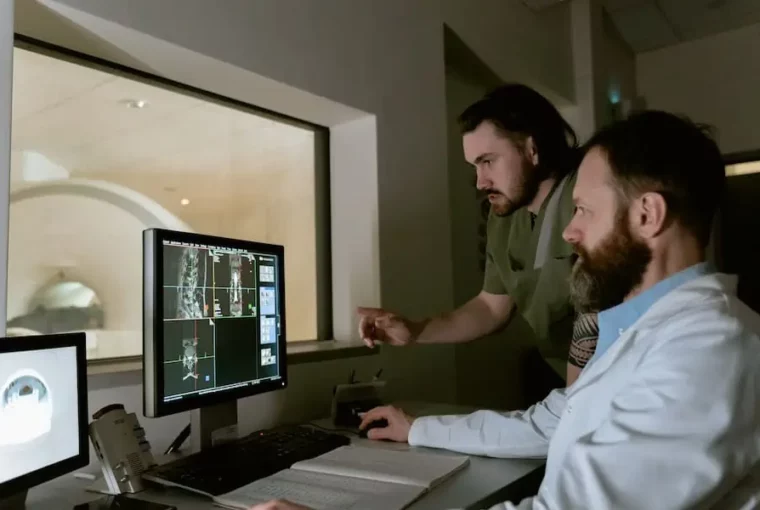Instead of the unreadable doctor’s notes on paper files, doctor’s offices, clinics, and hospitals can have easily readable and accessible information on digital files. When a patient has an appointment, the doctor can bring up information from pat visits on a computer to better serve the patient. It makes it easier to manage the medications a patient is prescribed and avoid bad interactions. Adding technology to manage controlled medications adds another layer of safe medical service for patient care.
Adding A Layer Of Security For Controlled Medications
Medical facilities like doctors’ offices and clinics have new tools to improve their services to patients. Medications of all kinds can be kept in a secure space at the correct temperature and environment. In addition, the medication cabinet will be secure to cut down on medication tampering or theft. By investing in a NexsysADC dispensing cabinet a medical facility can store more medications and dispense them with more convenience than ever before.
These automated cabinets are on wheels so they can be moved to where they are needed. Because of the automation process, there is less possibility of mistakes in dispensing the medication. Each cabinet has a keypad that will keep track of which medications are contained in the cabinet and who will be assessing them or getting them.
This technology helps medical facilities safely store, dispense, and keep track of all medications. It helps with inventory management and billing. In addition, a storage cabinet such as this can reduce dependency on local pharmacies and their deliveries, saving time and money.
Benefits Of Automated Data Capture And Patient Health Information Technology
Remember all the jokes about how unreadable doctors’ writing used to be? Those jokes were not so funny when someone misread the doctor’s instructions and patients suffered because of the mistakes. Now there are computers in every exam room and doctors and nurses input the patient information directly into an information center that is easily readable.
This medical technology is wonderful because it puts all the patient information in a central location that the doctors can access while a patient is in their exam room. It can remind doctors of a patient’s history of health issues, problems with certain medications, and so on. They can be reminded of and ask the patient about outcomes from previous medical treatments and problems. These electronic health records are stored in the cloud with maximum security.
A doctor will have the record of what medications a patient is using at their fingertips and can use that record in deciding if a new medication will be safe for them. In addition, electronic technology can be used to contact a patient online with appointment reminders and medical alerts. Results of off-site lab tests can be input remotely onto the patient’s file for the physician to see.
Patients receive better, safer care when there is the tool of technology to provide clinical flags, medical alerts, reminders, and better records of clinic visits and consultations. Diagnostic testing results can be right in front of the doctor as they speak to a patient. A record of previous visits and health issues can be brought up to help in the treatment of new health issues. And all of this information is in a readable form.
Ways Technology Improves Medical Office Operations
Technology can improve a medical facility’s operations by computerizing health records, having secure messaging, improving appointment booking, setting up virtual appointments, and aiding with medication prescribing. It can help with communication between a doctor and a patient. Even small offices can have access to medical software to improve office operations and patient care.
There are so many ways that modern technology can make our healthcare system better. Securing medications and centralizing patient records in easily readable format are just two of them.




